Under Armour Diversity Series: Greg Stewart
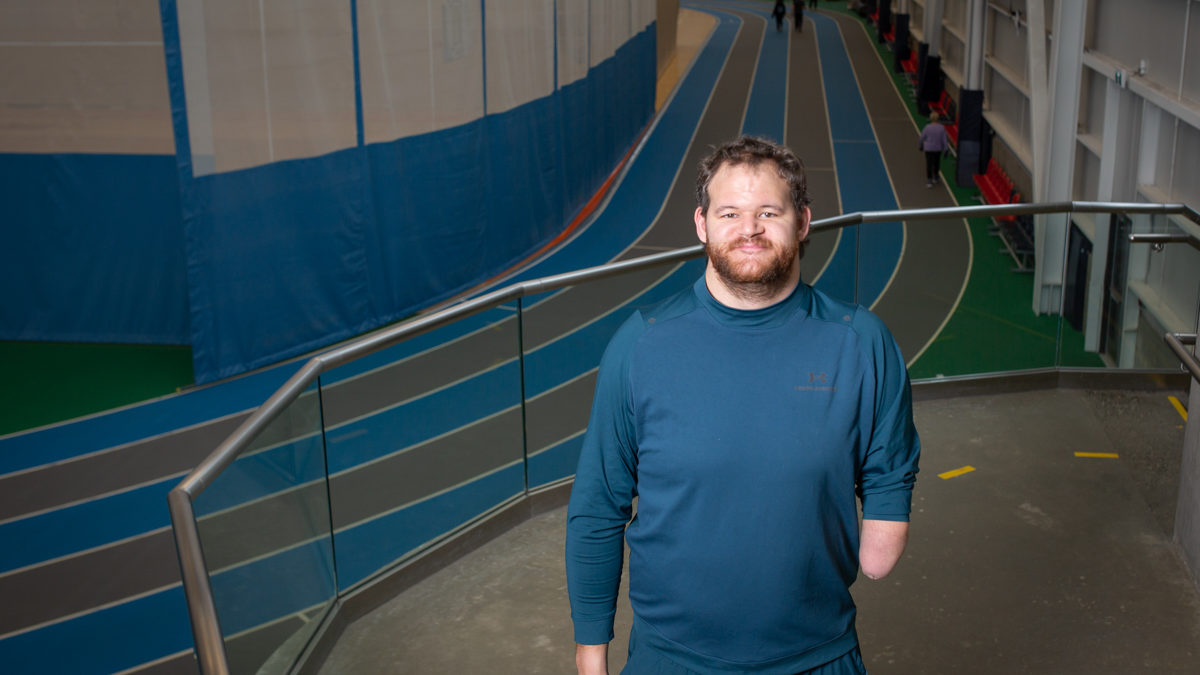 Photo by:
Andrew Snucins
Photo by:
Andrew Snucins
Under Armour has teamed up with Canadian Running to produce the Under Armour Diversity Series — an exclusive feature content series designed to highlight and promote individuals and organizations who have demonstrated a commitment to grow the sport of running, support those who are underrepresented and help others. Over the next six months, the series will feature stories and podcasts highlighting these extraordinary Canadians who are making a difference in their communities and on the national running scene.
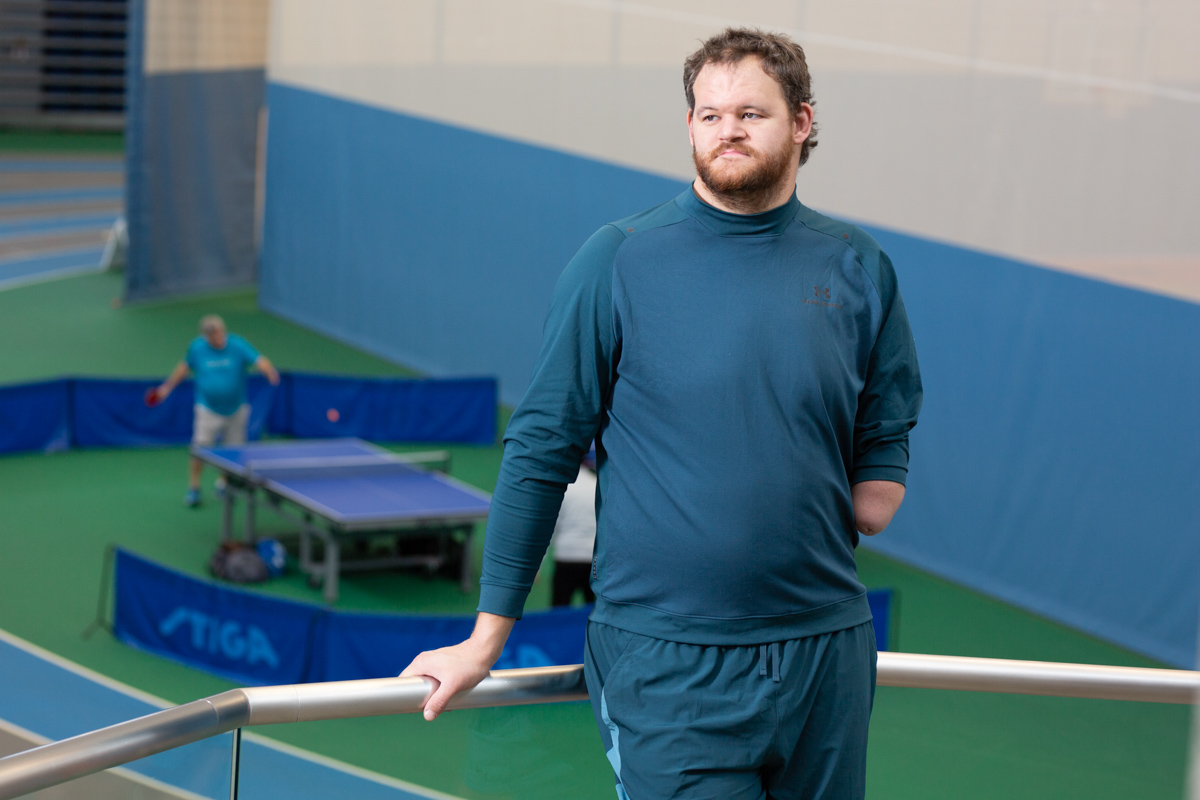
Greg Stewart answers the phone at 7 a.m. from his car. He’s totally cheerful, which is surprising, because he quickly shares that he slept there last night. He’s travelling for work in northern British Columbia and couldn’t find a hotel room. So he slept in his car – and still took my call the next morning.
Stewart is the 2020 Paralympic champion in the F46 shot put event, setting a meet record in the process. The 35-year-old only started competing in shot put in 2017, following a varsity career in able-bodied basketball at Thompson Rivers University in Kamloops. (Stewart stands an impressive 7’2”.) He also made several appearances on sitting-volleyball national teams. However, come the end of his team-sport career in 2012, the one thing he hadn’t yet done was make a Paralympic team – until summer 2021.
Stewart found throwing by accident. He ran into some throwers and coaches in a hotel lobby in 2017, and they started chatting. From there, he was invited to an identification camp, then a training camp. He was hooked. He began working with Dylan Armstrong, a two-time World Championship medallist in the event, and quickly saw improvements. “Kamloops is where I train, and it’s where I’m from. We used to have the national throws centre here, and I think we have the best facilities in Canada for throwing, period. We can train inside or outside all year long. I really just got very lucky.”
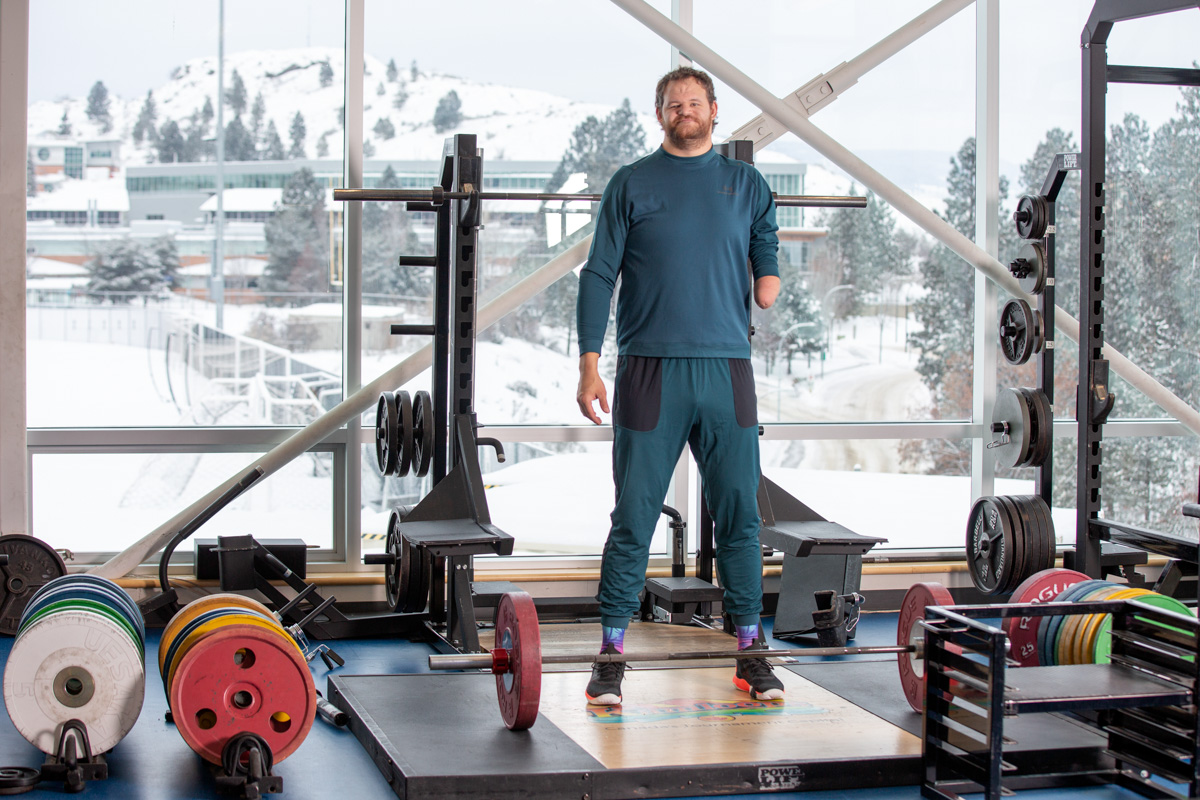
While Stewart found throwing accidentally, its discovery was fortuitous. He describes spiralling after leaving team sports: “When I finished playing university basketball in 2012, I had one more year of school, but my final year was difficult. I lacked concentration, and found it hard to do my schoolwork. Without basketball, I struggled. One of the big issues that many athletes struggle with is their identity outside of sport. I was certainly going through that.” He continues, “It snowballed for two years after. I had worked a couple of jobs and gotten fired. I had called off an engagement. I was unsure of what to do, because I’d lost my sense of myself.”
One of Stewart’s mandates as a newly-crowned Olympic champion is to bring more light to mental health and its impact on all people, including athletes. In his years between university basketball and throwing (2012 to 2017) he saw his mental health declining and made changes to support himself. “During therapy was the first time that I’d ever identified as a disabled person – and I was born without an arm. To identify finally as who I was greatly improved my life. Since then, mindfulness has been so important to me.
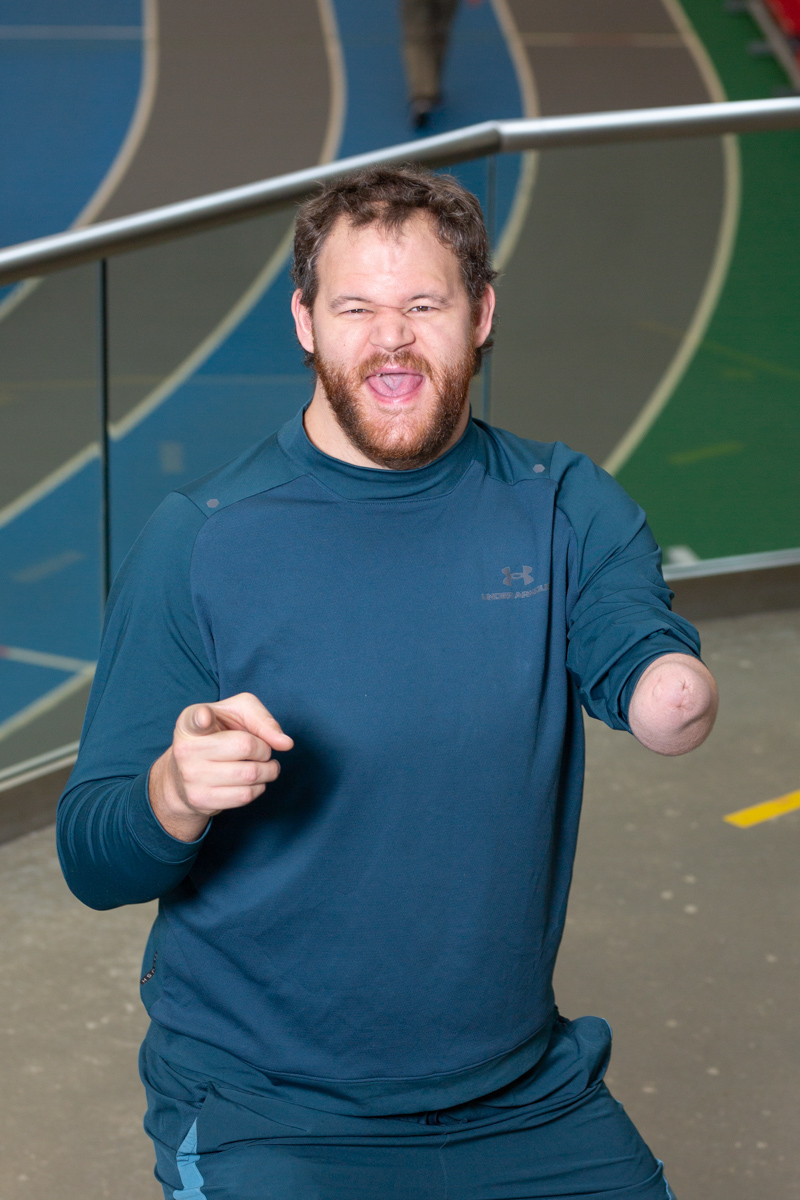
“Growing up, I had such a supportive community. I was never told I was different, and everyone wants to fit in. So with a visible disability, you’re trying to fit in even more. I played five years of able-bodied varsity sports, and I never really felt like I was doing it for the right reasons. I was always trying to prove I was good enough. It led to constant comparison.”
Stewart has now made it his mission to help others feel good in their own skin, and see themselves for who they are. He’s become an empowerment coach and works mental health into his public speaking engagements.
While Stewart has had immense athletic success in a short amount of time, he still struggles to feel at ease with his accomplishments. This is typical of a high achiever, but Stewart’s dissatisfaction comes from an injustice rooted deeper than a poor performance or a missed podium. Stewart feels, rightfully, that para-sport athletes are being shortchanged, and he’s made it part of his mission to speak up on their behalf. Stewart explains that for a Paralympic gold medal and Paralympic record, he received not a single dollar in prize money, while his Canadian Olympian counterparts received $20,000 for the same effort. Stewart explains, “The issue here doesn’t lie with Athletics Canada actually – they divide up all of the money they get.”
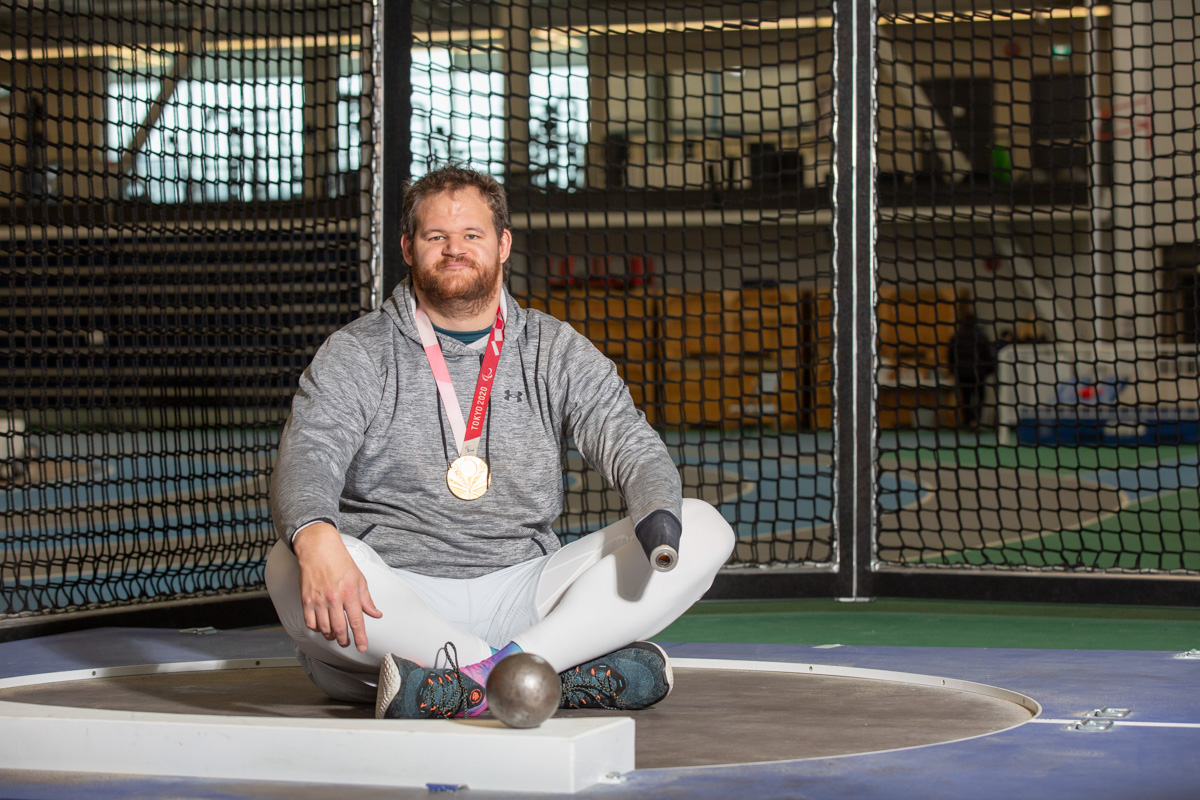
The Canadian Olympic Committee has a fund from which prize money is allocated to Olympic medallists; Paralympians do not have a fund of their own. Stewart points out that some financial rewards are the same across both sectors of sport, but some remain quite different, and for him, this doesn’t add up. “If we’re [para and able-bodied] carded the same and we wear the same jersey, yet we’re treated differently in other places, perhaps there’s an opportunity to change,” he says. (Carding refers to the small monthly salary that a select number of athletes receive from Athletics Canada. That monthly payout is equal across para and able-bodied sport. However, prize money for international medals and sponsorship opportunities are not equal. Stewart hopes to help change that, and in order to attempt to move the needle, he has taken a position as an athlete representative on the Athletics Canada board of directors.)
When asked about whether his personal and athletic successes have really sunk in, Stewart says it’s only recently that they have. “Four days ago – I was driving home from a work trip and I had a cry of gratitude, a cry of happiness. It only lasted for a minute but it was such a significant weight lifted. That’s the unique thing about a good, joyful cry. You get a release from it.”
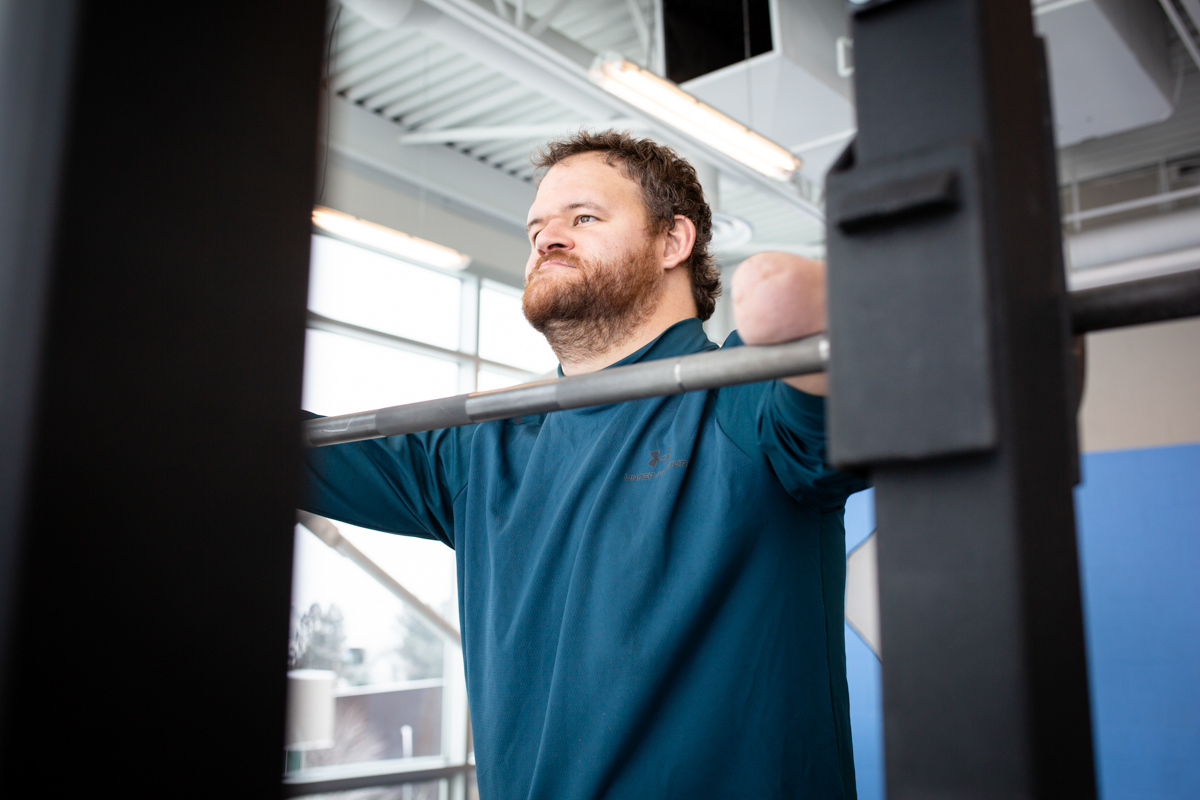
As part of the Under Armour Diversity Series give back program, Under Armour will make a $5,000 product donation to help support Greg’s initiatives in his local community of Kamloops BC. We look forward to seeing what Greg can accomplish in 2022 and how he will keep inspiring athletes around the country and the world. Be sure to follow Canadian Running for updates on how the UA Diversity Series program is helping Greg’s local community.


